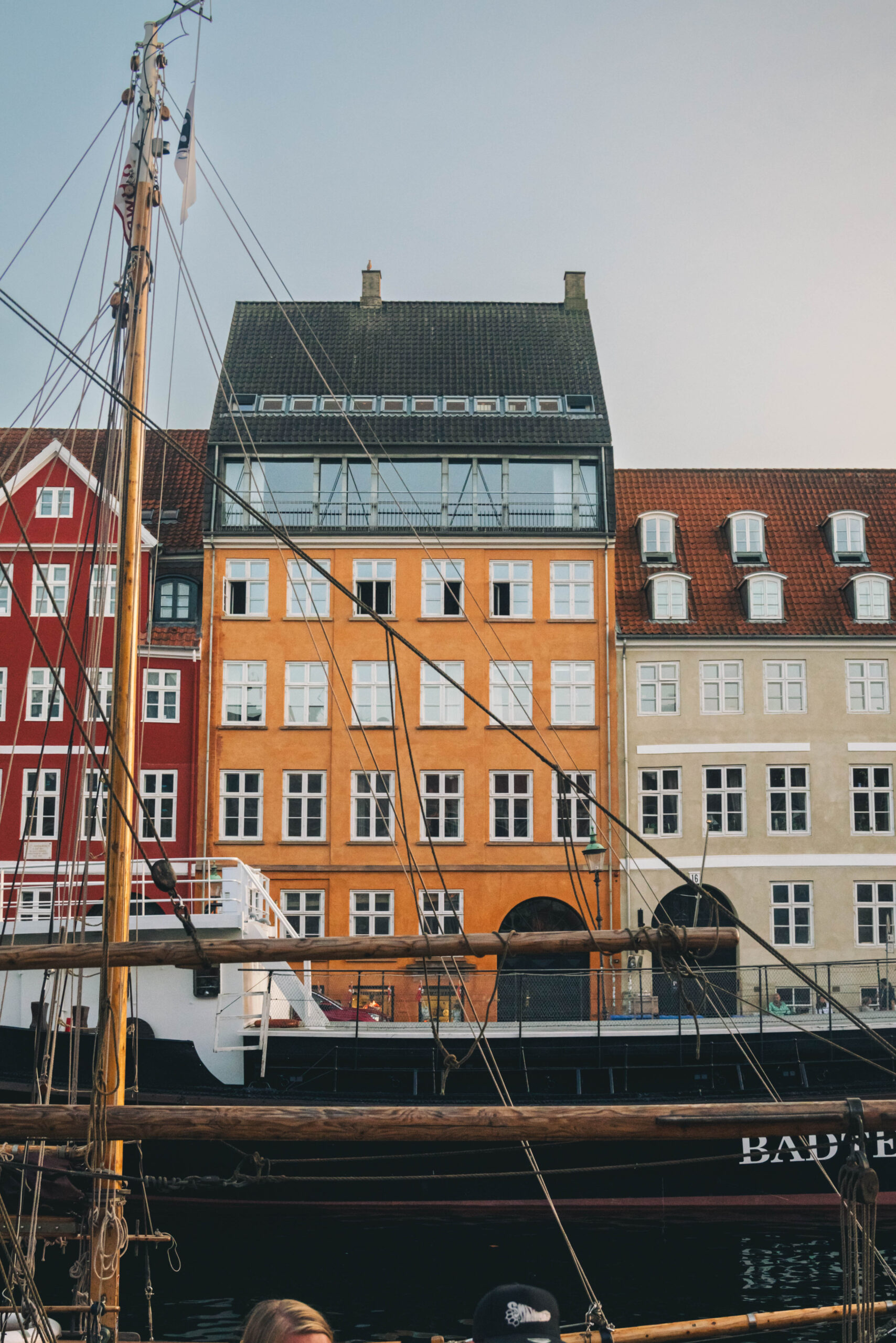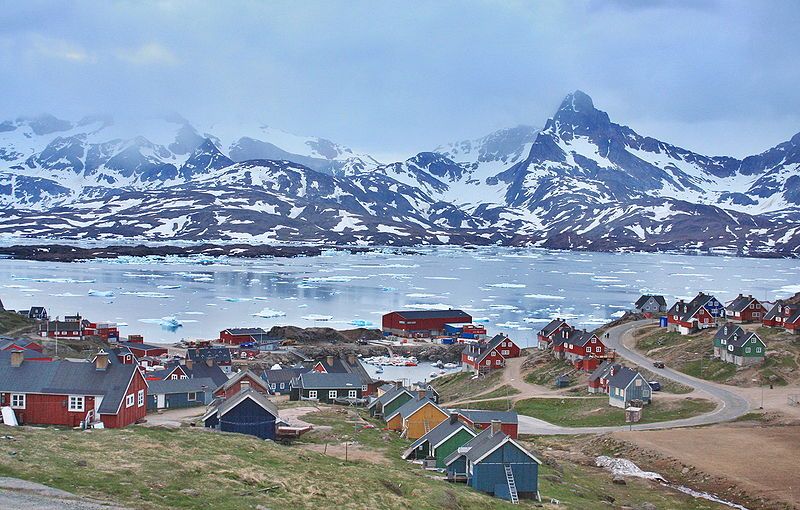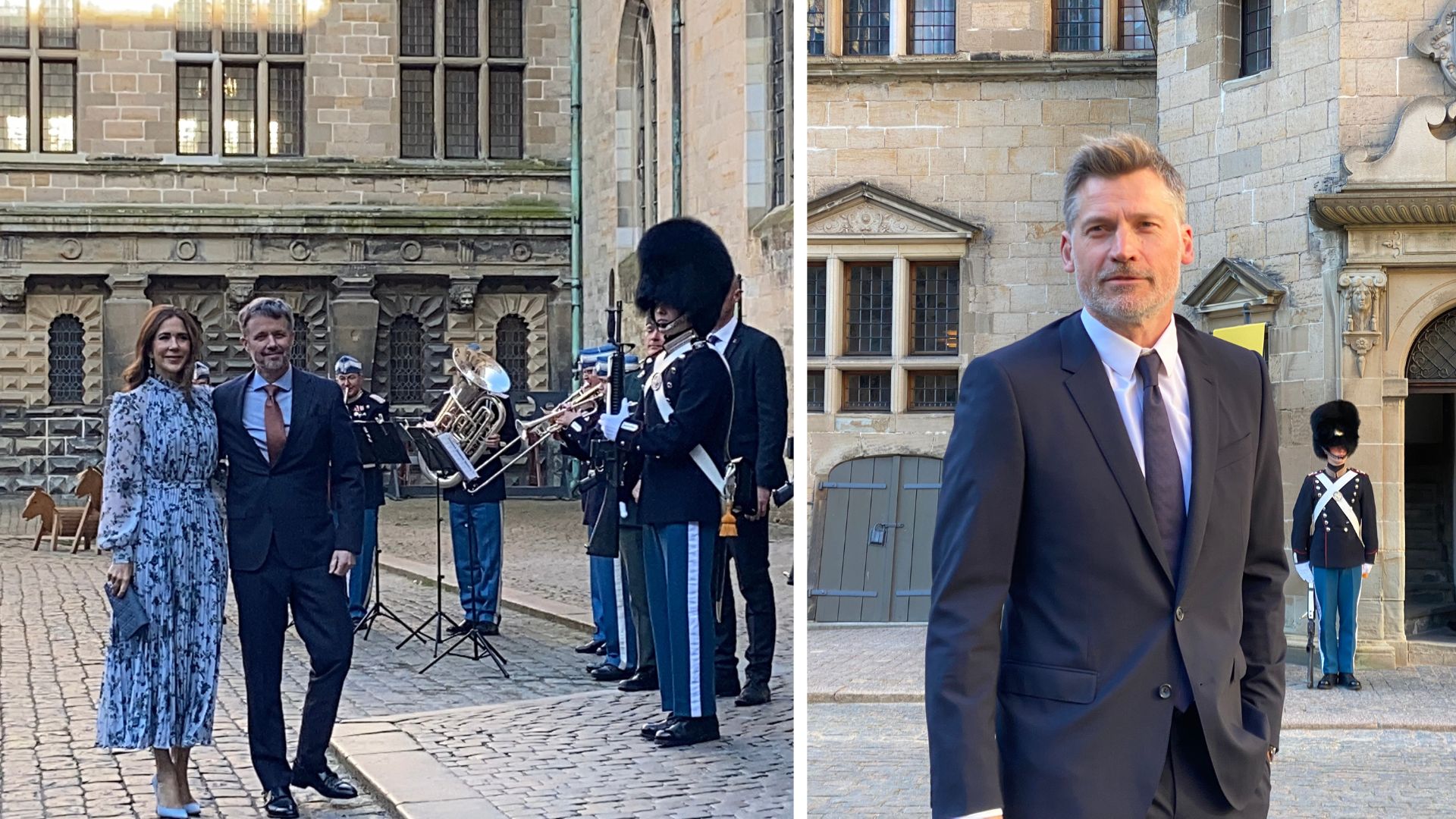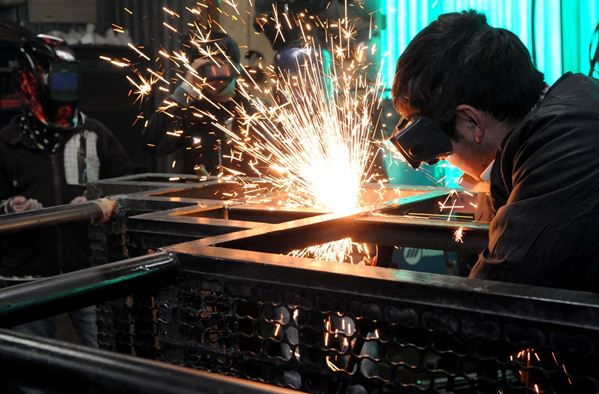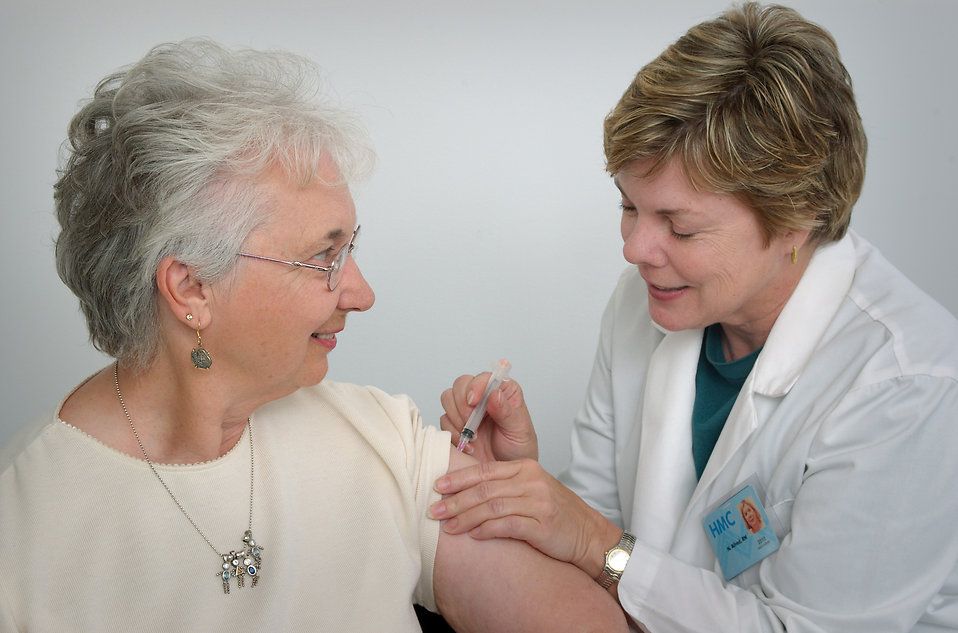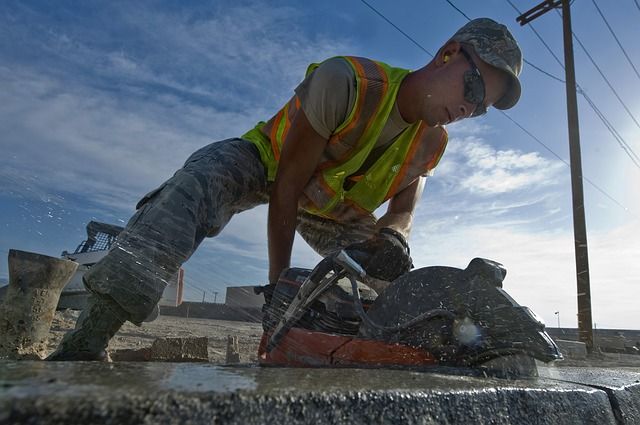Perhaps the best place to start a journey to Zealand would be Roskilde, a former national capital before power shifted to Copenhagen and important for understanding Denmark’s development.
Situated on the fjord of the same name, Roskilde offers visitors cultural and historic venues, as well as delightful views and opportunities to sail on ships reminiscent of those used by the Vikings 800 years ago. Known to have been settled at least 1,000
years ago, Roskilde was named the capital of Denmark in about the year 960 by King Harald Blue Tooth. Upon his death in 985-986, the king was buried in a wooden church he had built earlier in Roskilde – and not inside or under the now infamous twin-spired Domkirke, or cathedral – a practice that continues for the royal family today. The current brick cathedral, built between 1060 and 1080, was the first Gothic building in Denmark. Still offering regular religious services, Roskilde Cathedral is recognised as a UNESCO World Heritage Site.

Due west of Roskilde lies Isefjorden, a larger and deeper fjord that was created during Denmark’s last ice age. In its centre is the small, inhabited island of Orø, which serves the region as a vacation and tourist destination; it’s connected to the rest of Zealand by ferry. With dramatic and beautiful views, these fjords are home to shipping and shopping villages that have historically served to collect tariffs from incoming ships and transport agricultural goods throughout northern Europe.

ZEALAND
Unlike well-tended Funen and the wide-open spaces of Jutland, Zealand is a more chaotic, haphazard collection of towns and villages, farms and factories that offers visitors a wide range of experiences – from coastal summerhouse developments and island artists’ colonies to the busy market towns of Roskilde and Køge as well as quiet, natural getaways. Most parts of the region can be reached from Copenhagen in about an hour by car, but because it is one of the most densely populated parts of the country, the area is also easily accessed by local and regional trains, as well as by bus. Distances between attractions tend to be reasonable, and there are numerous marked and unmarked cycle routes in the region, making traveling by bike a reason for visiting in and of itself.

Further south and along the eastern coast of Zealand are lower-lying areas that have also played a significant role in agriculture and trade over the centuries. Nykøbing, on the island of Falster, is known to have existed as far back as the 13th century, built around a castle that housed the ruling families of both Danish and German royalty. Well-situated for protection against attacks, it became a trading center in the medieval era and thrived until hard times hit Denmark in the 1700s; the castle was then sold and later demolished, although parts of it were preserved and used in other structures. With the construction of a bridge in 1930 connecting Falster with Zealand – as well as the 295-metre Frederik IX Bridge over the Guldborgsund, connecting Falster to the island of Lolland – the area became a favorite spot for city-dwellers to build modest summerhouses. Both islands have attracted the attention of naturalists, leading large areas of land and sea to be identified as particularly attractive for the wildlife found here. Among them are Nakskov Fjord on western Lolland, an area rich with gardens, mills and maritime history; Gedser Odde, the southernmost point in Denmark; and an area known as Smålandsfarvandet on the northern bay side of Lolland. It’s great for bird watching and gaining access to the smaller islands of Askø, Lillø, Fejø, Femø, Rågø, Skalø og Vejrø.

STAY
A great way to spend time in the Lolland and Falster area is by staying at one of the many local campgrounds. Offering spaces for tents as well as caravans, it’s often also possible to rent wooden and tent-like micro-cabins. This is an experience worth having, if only to get a sense of how many Danes tend to spend their long summer holidays. Nakskov Fjord Camping offers its own sandy beach, access to local nature preservations, an in-ground pool and clean, fully equipped efficiency huts at reasonable prices. Similarly, Løkken Klint offers three levels of huts for rent as well as tent camping, and it organises activities for children and families alike. For those who want a hotel experience, Oreby Mølle, located in Sakskøbing on Lolland, offers a manor-house experience with comfortable, spacious, romantic accommodations and locally knowledgeable staff. Summerhouses near the beach or in natural settings are also available on the two major islands.
OUR PICK
It has to be renting a micro-cabin at any of the quality camping facilities – to get a once-in-a-lifetime, closer-to-nature, truly Danish holiday experience.
DO
Enjoy the spaces that urban planners imagined would be good for city-crowded souls. By car, visit Jægerspris Palace, west and slightly north of Copenhagen. First built in the 1300s, it’s a historic property, currently a hunting lodge with access to gardens and woods. Spend another day in Roskilde proper, where you can explore the cathedral inside and out. After experiencing the ambiance of Danish history, royalty and religion, make your way to the Viking Ship Museum. There, you can learn why these ships were found at the bottom of the fjord, how they were built and maybe set sail on an authentic ship. Weekenders will enjoy travelling to Lolland and Falster, where you can commune with nature or enjoy small villages, the seaside and sandy beaches. While you’re there, be sure to visit the Middelaldercentret in Nykøbing on Falster and the popular Knuthenborg Safari Park. Children – if not their parents – will also love the water park at Lalandia.
OUR PICK
With children: make your way to Lolland and Falster and visit the Knuthenbord Safari Park. Without children: enjoy a tranquil day filled with history and contemplation at Roskilde Cathedral.
EAT
For fine, romantic dining on your way down or back from the Lolland and Falster area, make a date at Limone Restaurant Italiano in Køge, where the atmosphere will relax you and the food and wine will be a special event. In Nykøbing, enjoy classy meat-and-potato entrées at Brasseri & Café Hvid. In Roskilde, several restaurants stand out. We like Gourmethuset Store Børs for delicious meals with all the fixings, as well as a brasserie menu and home-brewed specialty beer. For more creative fare in Roskilde, try Raadhuskælderen, located just a few steps away from the cathedral; it serves the season’s best ingredients in creative combinations at reasonable prices. The Italian restaurant GustoGiusto also warrants a mention: carefully selected ingredients, a true Italian menu and a pleasant dining atmosphere make this restaurant – and Roskilde itself – a great place to end the day. We recommend checking websites before heading out in order to find out what’s new and whether reservations are required.
OUR PICK
Get the real deal: fine Italian food at Gusto Giusto after a pleasant day spent in Roskilde.




